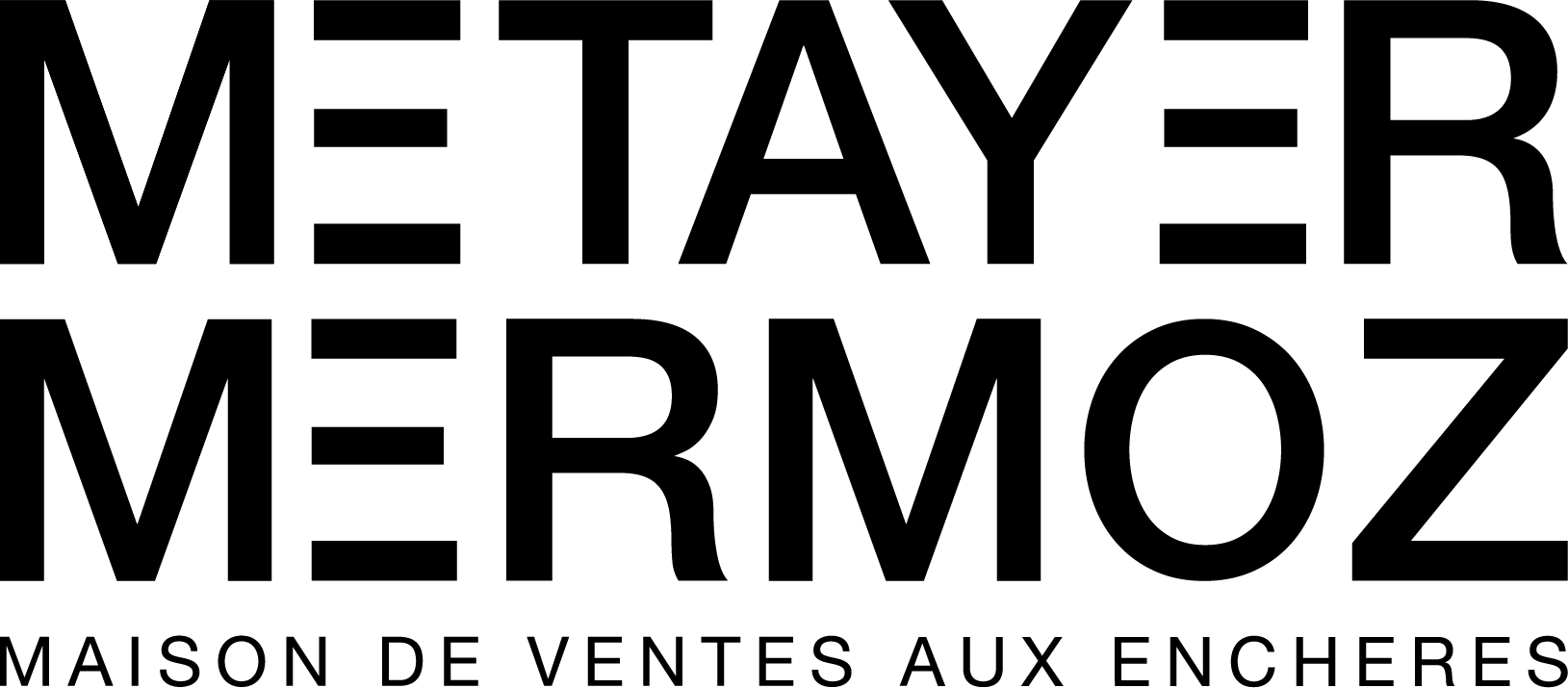Lot n° 361
Estimation :
40000 - 60000
EUR
Charles MEYNIER (Paris, 1763-1832).
Telemachus,... - Lot 361 - Métayer-Mermoz Maison de Ventes aux Enchères Nevers
Charles MEYNIER (Paris, 1763-1832).
Telemachus, urged on by Mentor, leaves Calypso's island.
About 1800.
Oil on canvas.
H_46 cm L_60.5 cm.
Signed and dated lower left: meynier ft [date illegible].
H_46 cm W_60.5 cm.
Provenance: France, private collection.
Expert : M. Stéphane Pinta, cabinet Turquin
To bid on this painting, please contact the auction house in advance.
A pupil of François-André Vincent, Charles Meynier shared with Anne-Louis Girodet the
Grand Prix de l'Académie royale de 1789 with Joseph recognized by his brothers (Paris, École
des Beaux-Arts) and stayed at the Académie de France in Rome from 1790 to 1793. Driven out by
by the anti-French riots, he then spent a year in Florence, where he was one of the first
artists of his generation to copy the Renaissance masters. On his return to
Paris, he exhibited regularly at the Salon from 1795 to 1827, mainly painting
paintings. He worked for private patrons during the Directoire and Consulate periods, and from the
the beginning of the Empire, he received official commissions illustrating important
Napoleonic campaigns (numerous works at the Château de Versailles).
Versailles). He supplied the designs for the sculptural decor of the Arc de Triomphe du
Carrousel (Paris, Musée du Louvre), for the Manufacture de Sèvres and for medals.
medals. Elected a member of the Institut during the Cent-Jours, Meynier was appointed
professor at the École des Beaux-Arts in 1819, and ran a studio for girls until his death.
girls until his death. As a decorative painter, he executed five ceilings in the Louvre and the
Tuileries between 1801 and 1827, becoming one of the leading exponents of this genre
which he helped to renew. His last major commission, in 1826, was for the
of the Salle de la Corbeille in the Palais Brongniart, executed in collaboration with
Abel de Pujol. A renowned painter and prolific draughtsman, he died in Paris
cholera epidemic in September 1832.
At the Salon of 1800, Charles Meynier presented Télémaque pressé par Mentor quitte l'île de
Calypso's island. Hailed by the critics as a masterpiece, the painting won him a
first class. Presented again at the Louvre for the decennial prizes in 1810,
it disappeared for more than two centuries before appearing at a public sale in
in Nantes in spring 2018, where it was acquired by a British gallery (fig. 1)1. Very
documented, the painting was previously known from two prints that testified to the final
the final composition, a line engraving by Normand (fig. 2) and an etching by
by Châtaigner and Bovinet (fig. 3), and by two very fine preparatory drawings
with many variations on the final work (Cleveland, The Cleveland Museum of Art
Museum of Art, dated 1800 (fig. 4), and France, private collection)2. No painted
sketch for the painting appears in the artist's after-death sale, whose catalog
does, however, mention several drawn studies, "Six pièces, diverses études, pour le
Télémaque et autres". In addition to the works known today, the artist also produced eight
studies in black stone for figures, mentioned by Danish collector
Tønne Bruun-Neergaard in 1801, which were included in his after-death sale in
1819.
Today's reappearance sheds significant light on the creative process of this
of this major painting in the painter's career. Modest in size, but not small
not small, signed and dated - even if the date is difficult to read - the work is
rather a modello than a sketch. Very accomplished, it could be the canvas that Meynier
Meynier submitted to his patron for approval of the overall composition. The booklet of the
Salon of 1800 indicates that the painting belonged to "C[itoyen]. Fulchiron", i.e.
banker Joseph Fulchiron (1744-1831), who had already acquired works by the artist at the
the artist at the Salon in 1795 and 1796.
Only one painted sketch for Télémaque is documented: it appears in 1803 in a
of the collection of medal engraver Augustin Dupré (1748-1833),
drawn up at the time of his second marriage, on Frimaire 1, Year XII (November 23, 1803): "n° 5 :
Télémaque dans l'Isle de Calypso. Sketch by Menier, in its gilded border... 150F "3.
In the absence of dimensions and detailed description, there's no way of telling that this is our
our canvas, even if it is possible. Did Meynier first keep it and then offer it
offered or rather sold it to Dupré? It is also possible that the modello belonged to
Fulchiron himself, or that Meynier sold this beautiful sketch to another collector
sketch to some other collector in connection with a major Salon success. In the absence of archives and provenance
we are reduced to hypotheses. For such an important
important composition, it is certain that Meynier, in his usual
My orders
Sale information
Sales conditions
Return to catalogue

